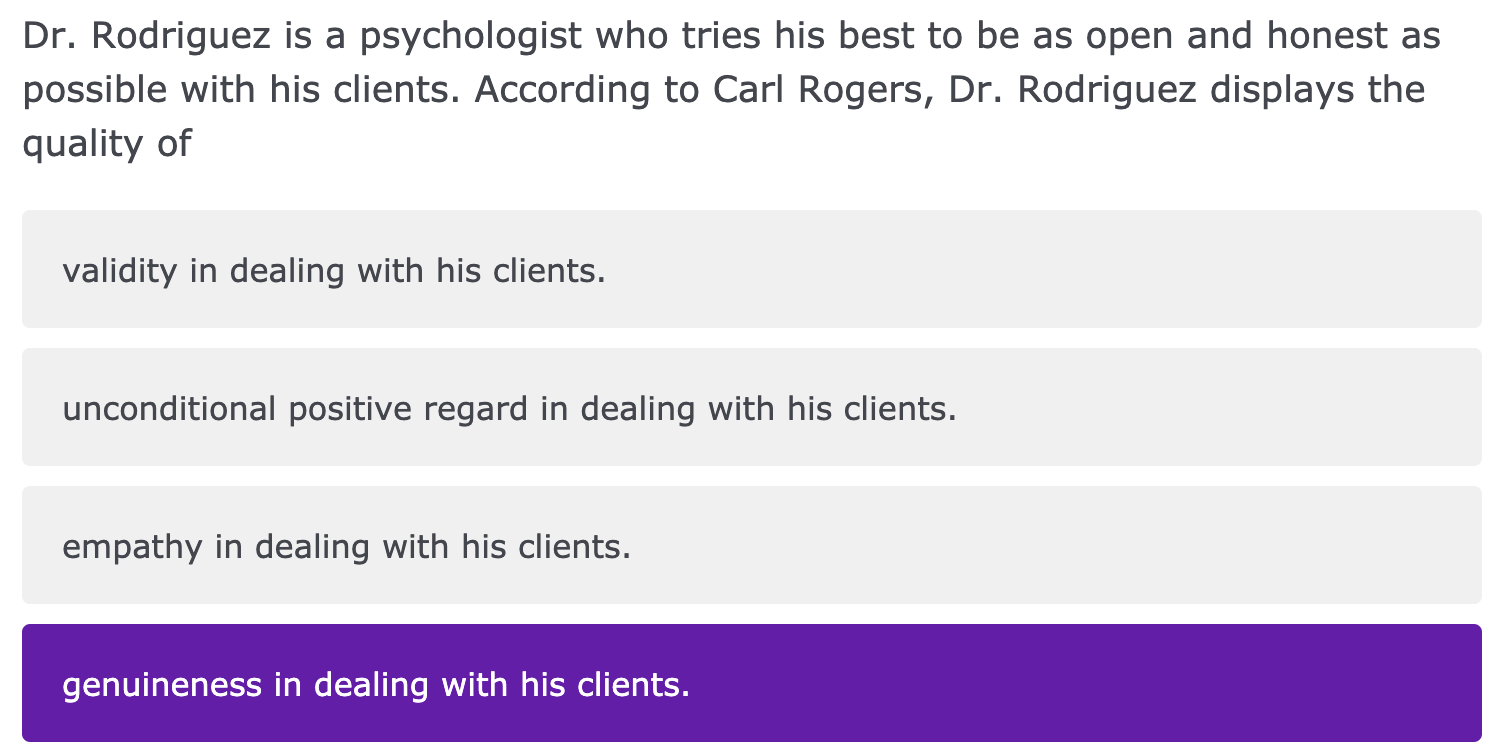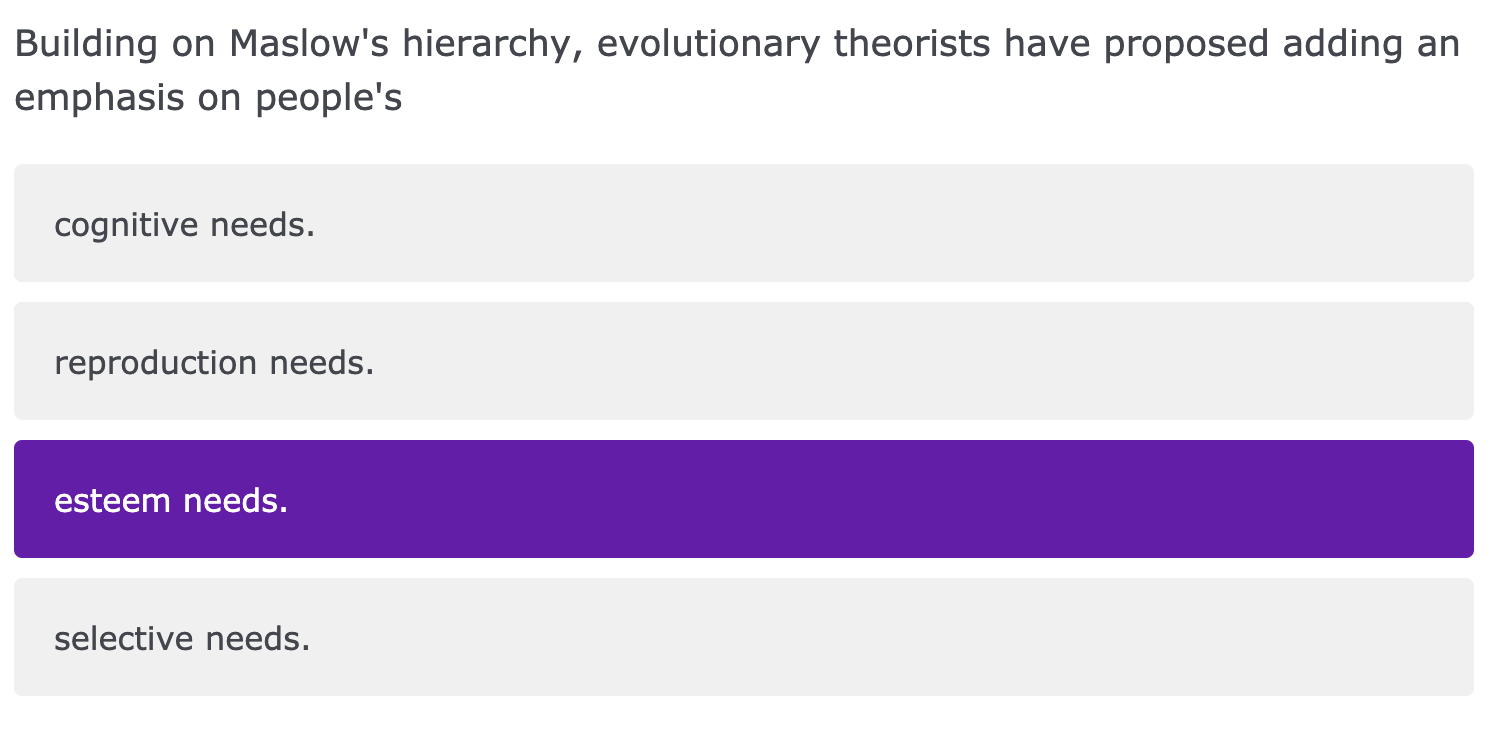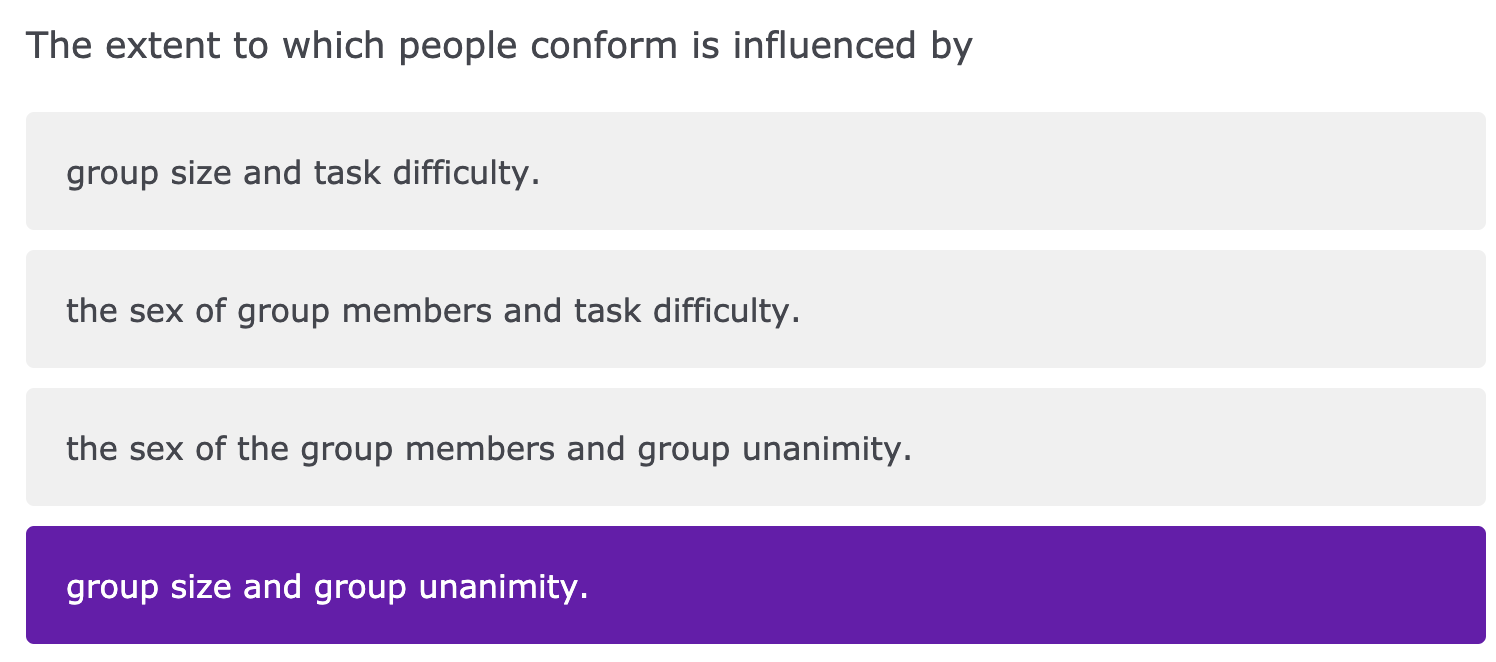Aversion therapy is a behavioral therapy in which a patient gives up an undesirable habit by associating it with an unpleasant effect. Aversion therapy is designed to remove unwanted a.

Aversion Therapy What It Is Efficacy Controversy And More
Negative associations using operant learning techniques.

. Create a negative response to a stimulus that has elicited problematic behavior. Aversion Therapy for Addiction. Pleasant associations using observational learning techniques.
The techniques of modeling and behavioral rehearsal are employed in both. Pleasant associations using observational learning techniques. Most enthusiastic reports suffer from lack of control groups and control procedures.
Disorders conditions and problems for which aversion therapy is most frequently used include drug and. Negative associations using classical conditioning techniques. Pleasant associations using classical conditioning techniques.
Unwanted negative associations using classical conditioning techniques b. Unwanted negative associations using instrumental conditioning d. Pleasant associations using classical conditioning techniques.
Pleasant associations using classical conditioning techniques. Negative associations using operant learning techniques. Aversion therapy is a series of techniques designed to reduce unwanted or dangerous behaviors.
Negative associations using classical conditioning techniques. Pleasant associations using observational learning techniques. The definition of aversion therapy is psychotherapy designed to cause a patient to reduce or avoid an undesirable behavior pattern by conditioning the person to associate the behavior with an undesirable stimulus Another name for this type of.
Use of a token economy c. Aversion therapy is designed to remove unwanted negative associations using classical conditioning techniques. Aversion therapy is designed to remove.
For example a person undergoing aversion therapy to stop smoking might receive an electrical shock every time they view an image of a cigarette. Aversion therapy is designed to remove. Aversion therapy is designed to remove unwanted a.
Pornography addictions eating overeating nail biting hair pulling smoking sugars and many other repetitive behaviors that wish to be corrected. The behavioral therapy that is designed to remove unwanted pleasant associations using classical conditioning techniques is. This approach studies how we learn by association--learning.
For those who gamble smoke or engage in behaviors ruining their relationships this type of therapy was once considered effective. A form of behavior therapy that emphasizes modeling behavioral rehearsal and shaping and is designed to improve interpersonal skills is Aversion therapy is designed to remove unwanted pleasant associations using classical conditioning techniques. Unwanted negative associations using classical conditioning techniques.
At this time the best. AversX was originally designed specifically for assisting individuals who struggle with sexual behavior but it is now being used across a wide range of other unhealthy and addictive behaviors. Aversion therapy The behavioral therapy that is designed to remove unwanted pleasant associations using classical conditioning techniques is.
Negative associations using classical conditioning techniques. Aversion therapy is designed to remove unwanted Pleasant associations using classical conditioning techniques The term that is used in the broadest sense to refer to all of the diverse approaches used in the treatment of mental disorders and psychological problems is. Negative associations using operant learning techniques d.
Unwanted pleasant associations using classical conditioning techniques c. Unwanted pleasant associations using instrumental conditioning ANS. Aversion therapy is designed to remove unwanted 57.
Pleasant associations using observational learning techniques. Mental health professionals and the public rarely are indifferent when asked about aversive behavior therapy. Aversion therapy is designed to remove.
Aversion therapy is designed to remove unwanted a. Aversion therapy was once popular for addiction treatment and has also been used to banish other unwanted behavior with varying degrees of success. Pleasant associations using observational learning techniques.
Negative associations using operant learning techniques. Social skills training and cognitive therapy. Aversion therapy is designed to remove unwanted.
Unwanted negative associations using classical conditioning techniques b. Aversion therapy is a type of behavioral therapy that involves repeat pairing an unwanted behavior with discomfort. Pleasant associations using classical conditioning techniques.
Negative associations using classical conditioning techniques b. Pleasant associations using observational learning techniques c. Aversion therapy is designed to remove unwanted A.
The most common applications of these techniques are to obesity tobacco smoking sexuality oral habits self-injurious and aggressive behaviors and substance abuse. Aversion therapy is a behavior therapy that determines patients to abandon an unwanted habit and is one of the most controversial practices in the 21 st centurys psychology. Since aversion therapy is used to eliminate problematic behaviors and unwanted desires its uses are more limited than talk therapy and many other types of psychotherapy.
Negative associations using classical conditioning techniques.

Aversion Therapy Uses Efficacy Controversy And More Dr Axe

Solved The Goal Of Aversion Therapy Is To Remove Unwanted Chegg Com

Aversion Therapy By Electric Shock A Simple Technique The Bmj
/GettyImages-508485417-56a796f95f9b58b7d0ebf49a.jpg)
Aversion Therapy Uses And Effectiveness

Solved The Goal Of Aversion Therapy Is To Remove Unwanted Chegg Com

Solved The Goal Of Aversion Therapy Is To Remove Unwanted Chegg Com

Solved The Goal Of Aversion Therapy Is To Remove Unwanted Chegg Com

0 comments
Post a Comment